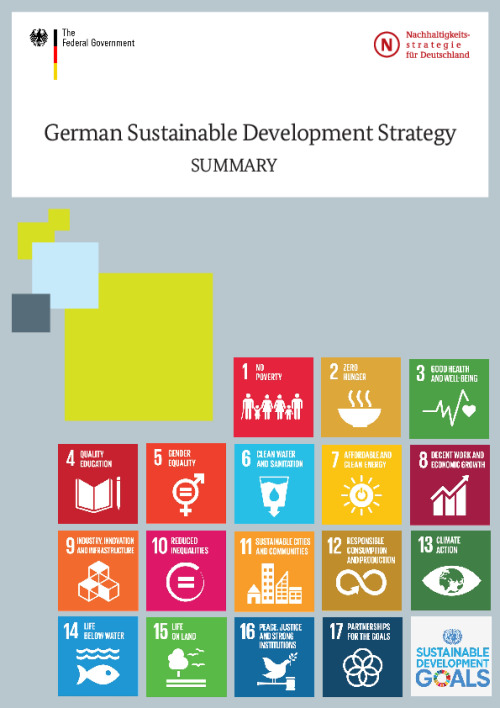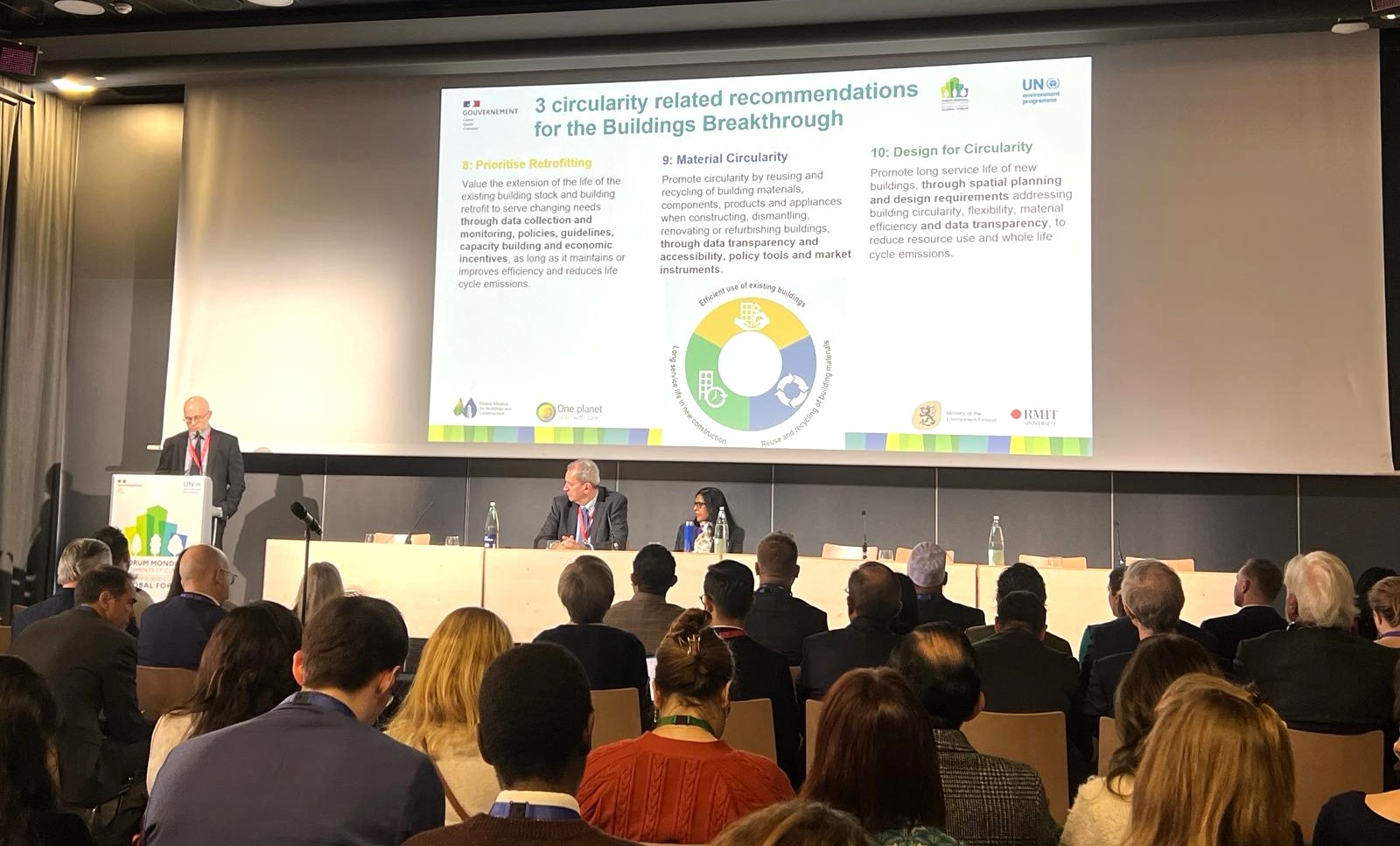Guideline for Sustainable Building
While buildings represent commercial and economic values and help to create added value, they also trigger energy and substance flows that affect the global and local environment. The aim is to create sustainable buildings that ant to save energy and resources. The extensive inclusion of sustainability aspects in the life cycle of a building, for instance during planning, erection, use and modernization, as well as demolition, should be proactively designed and influenced. The building's structural and technical concept must generally take standards and legal requirements into account as well as the generally accepted state of the art. In particular, the use requirements that are normally specified by the customer must be fulfilled under defined boundary conditions. Furthermore, sustainability requirements, in other words ecological, economic and social qualities, must be defined in order to ensure that buildings fulfil their function in relation to the environment and society and to warrant economic efficiency. The Guideline for Sustainable Building is designed for all stakeholders in the planning and execution phase of buildings and their outdoor facilities, and offers support for the use and operation phase of the building. Due to the high quality of planning and building as well as regulatory density, many of the individual aspects of sustainable building are already considered a standard feature in Germany. Furthermore, the Guideline describes additional requirements, especially for environmental protection, and calls for holistic and equal consideration of the different qualities. With this Guideline, stakeholders can recognize, assess and, in a positive sense, influence their role in shaping the sustainability of a building.
The "Guideline for Sustainable Building" is binding for federal buildings. In addition to requirements for energy efficiency, the Guideline includes further quality specifications for sustainable buildings. This concerns reducing environmental and health impacts, optimizing lifecycle costs related to buildings and also urban integration. After the completion of a construction measure, its sustainability must be documented transparently in accordance with predetermined criteria and standards. The "Guideline for Sustainable Building" is continuously kept up-to-date and revised with a view to practical considerations.


